Updates
Filters

Rolling into the Deep (Cairngorm)
It was day one of a holiday which had already got off to a somewhat chaotic start. I’d relied on getting the train to Aberdeen, and then the Stagecoach bus in to Braemar in order to get a mountain bike up for a grand expedition into the mountains.

Reaching the hundred above the A9
I’d spent a lot of time trying to decide on the perfect hill to complete my first century, the ton, of Munros on. I’d thought about trying to make it something spectacular (maybe this was the time to do Ben Nevis?) or geographically appropriate (my first was the most southernly, Ben Lomond, maybe I should aim for another cardinal direction?). I’d actually planned to make Mount Keen my hundredth, and then realised that over the winter I’d misremembered my count, and carefully laid plans to start the year on number 100 turned into plans to climb my 99th.

Closing-in on a milestone: 99 Munros Bagged. Part 4
In the final instalment of the series, I cover all of the hills from the second plague year, 2021, which don't range quite as far and wide as previous years, but include some very tough days out, including trips into some of the remotest sections of the central Highlands; Loch Ossian, and Ben Alder, and a high-level traverse which had been in planning for many years.
Dumyat Hill Race
It was a sunny, and fairly warm evening; good turnout (presumably the best for the whole series). I probably had a slightly slower start on the tarmac through the university grounds than I’d have liked ideally, but once I was up and through the forest it was pretty good going all the way to the top. Got a very brief, but good view as I summitted, and then was very happy with most of my descent, though was almost taken out by a Stirling runner who tripped just above me on a tree root.
New and interesting things this week
This post is a vague collection of things I regarded as moderately noteworthy this week, or interesting things which I found, read, or did during the course of the week. I’m not really sure anyone else would want to read it, but please feel free.
Whangie Whizz Hill Race
Once again we had good conditions for a race, and a nice local venue. There was a reasonable walk up from the car park, but aside from the first 100m or so which was along a boreen which joined the main path up through the Whangie, the route was pretty familiar to me. The conditions underfoot were muddy fairly much the whole way around, but overall a good race.
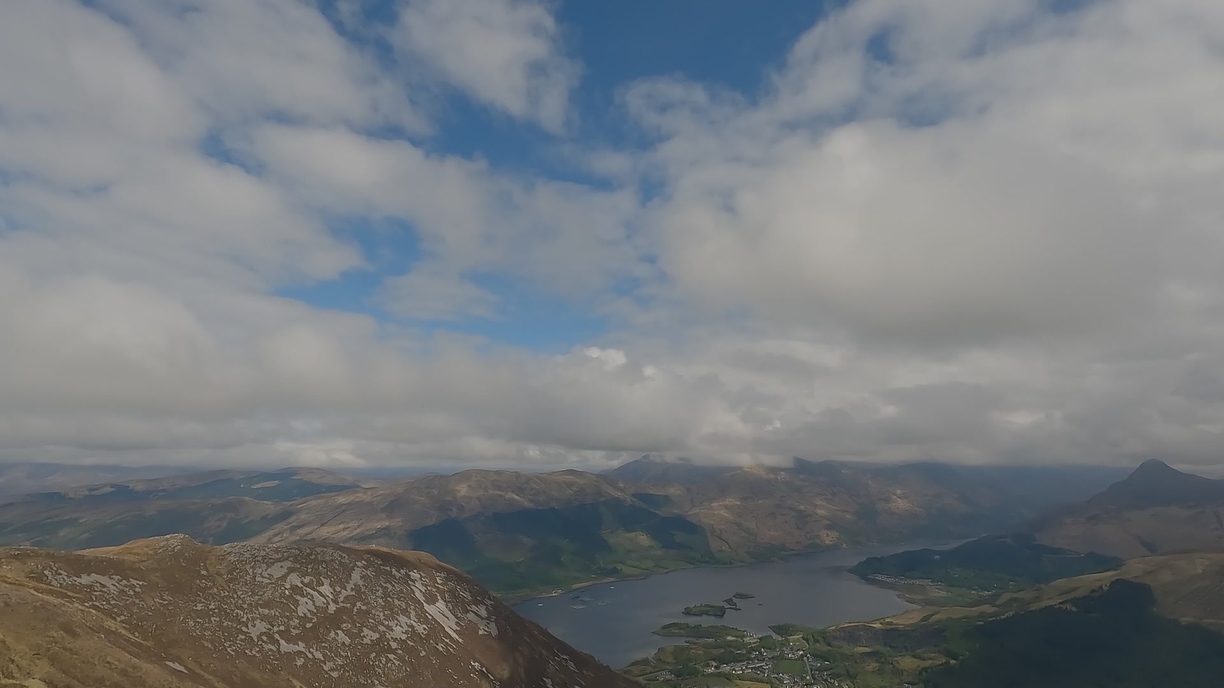
May Day on Beinn a' Bheithir
Squinting at the night sky, the Ancients (and sometimes, the surprisingly moderns) allege to have seen the figures of twins, fish, virgins, sextants, and giraffes imprinted on the heavens. In comparison I normally expect geology to be… down to Earth. I’ve spent the last few years trying to muddle my way through learning little bits of Scottish Gaelic, and while it’s been fascinating at times, it’s had a rather catastrophic effect on my understanding of the romanticism of the hills. “Beinn Dearg” becomes simply a red hill, “Beinn Dubh” the dark hill, and “A’ Bhuidheanach Bheag” the little yellow place. Perhaps a little mystery and romance is left in some of the places after all… A hill name where this romance and mystery is not lost through greater knowledge, however, stands above the small town of Ballachuilish (the town of the narrows) on the A82 between Glasgow and Fort William. Its name, Beinn a’ Bheithir, is often translated as “the hill of thunder” or something along these lines, but really, this hill which bares over the aforementioned narrows, is named for a mythical dragon or serpent.
Making Gravitational Waves
This post is part of a series of quick astrophysics explainers I’m trying to put together, partly so that I can link to something when I talk about some of these things elsewhere rather than frequently repeating myself! Hopefully it shouldn’t take more than a few minutes to read, and you’ll come away knowing a little more about gravitational waves.
Beinn Dubh Hill Race
Given that the course reccie for this race had involved snow at the summit a few weeks before, conditions turned out to be nearly perfect, with good visibility, good temperatures, and no rain to open my Bog and Burns campaign. The race started from the field just on the far side of the timber bridge over the A82, and is fairly steep the whole way up, slightly more gradual for the first kilometre or so, and then getting onto some slightly rougher terrain near the top. The ground was pretty dry, and the total amount of bog was relatively minimal the whole way. I was pretty pleased with the run, given it’s the largest ascent I’ve done in a race since Tinto in 2021.
How many hills are there in Glasgow?
Anyone who has ever visitied or lived in Glasgow is probably aware that it’s a fairly hilly place. You’ll be especially aware of this if you’ve ever lived on one of those hills and reguarly had to cycle or walk up it with shopping! This all left me with a question: just how many hills does Glasgow have?!
A Culter Fell round
The weather forecast was good, and there was a bank holiday. Perfect conditions for a hill walk. We’d considered heading up to do Stob Binnein and Ben More at Crianlarich, which would have been a repeat for me, but Shona still needed to bag them. The forecast indicated there was a chance of rain in the afternoon, and there was also still a chance of some snow at this stage in the season on the high ground, so instead we opted to head down to Biggar and explore some Donalds.
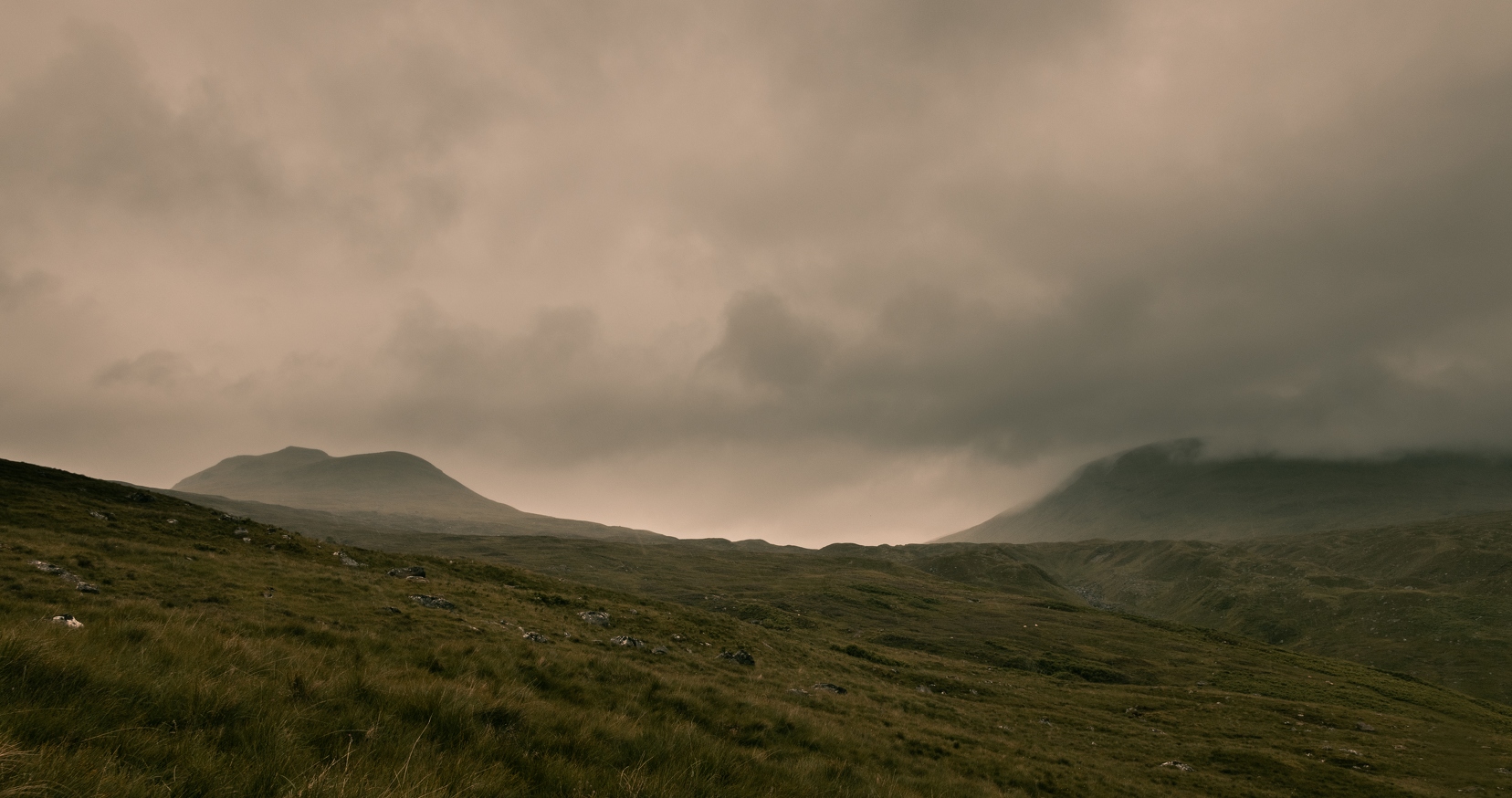
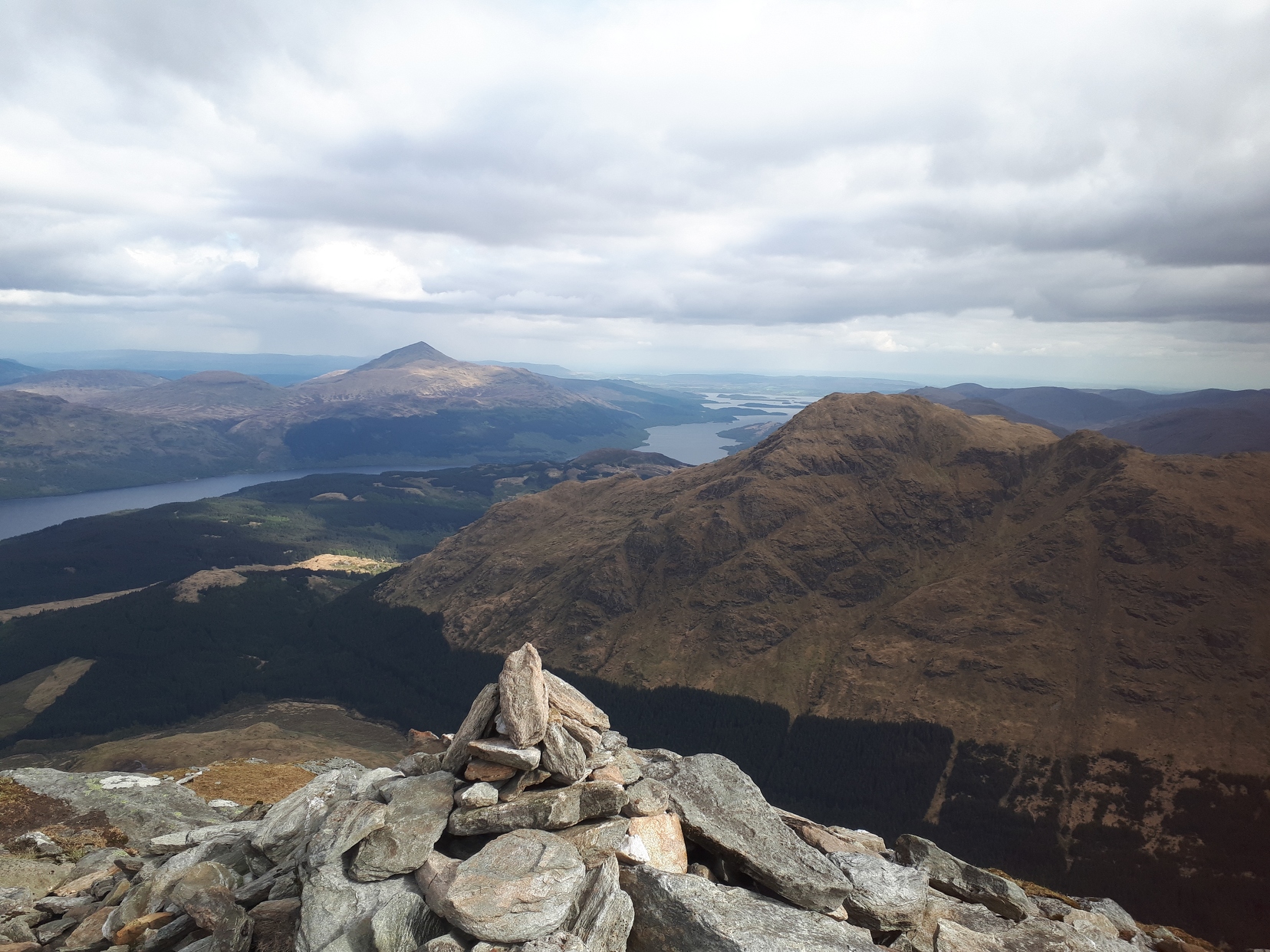
Closing-in on a milestone: 99 Munros Bagged. Part 2
I’m now fast approaching climbing my hundredth Munro (indeed, until I recounted while preparing this blog post, I thought I was sitting on 99 already, but it turns out I’m not quite there, though by the time you’ll be reading this I should be!). I’ve been pretty bad about writing walk reports for each individual hill so far, and it’s high time I sorted that out by producing one great omnibus collection. It’s turned out that walking Munros has become one of the major focusses of life outwith work, so it seems only fitting that I give the effort so far a reasonable write-up.

Closing-in on a milestone: 99 Munros Bagged. Part 1
I'm now fast approaching climbing my hundredth Munro. I've been pretty bad about writing walk reports for each individual hill so far, and it's high time I sorted that out by producing one great omnibus collection. It's turned out that walking Munros has become one of the major focusses of life outwith work, so it seems only fitting that I give the effort so far a reasonable write-up.
GWTC-2: introducing 39 new gravitational waves
I remember as a child religiously reading the Argos catalogue; probably sometimes looking for Christmas presents, but often just looking at how many things you could possibly buy from one shop. As I got older I started to wonder how on earth they managed to put such a large catalogue together. Five years after the first detection of a gravitational wave signal, I have a little insight into just how hard the latter process is, and a little more appreciation for how much the Universe has to offer.
Asimov v0.3.0 now available!
The latest release of asimov is now available from our gitlab server, as well as being available on pypi.
Python packaging, configuration files, and elisp adventures
Here is another technical note, this time with some code which I keep rewritting in different projects, so I decided to put it all in one place.
Making injections with Bilby
The last couple of days I’ve spent a fair amount of time trying organising a number of diversity-related things for our upcoming collaboration meeting, and doing more admin than I can pretend to have enjoyed, so today’s note’s going to be a fairly short one, covering some work I did while helping a student using Bilby, the LSC’s new inference library (named, pleasingly, after an animal).

A Night on the Mountain
After yet another week of un-Scottish summer, I formed a plan to get as far away from Donald Trump, who was forecast to arrive in Scotland, like an unwanted storm, on Friday to play golf. A quick look at the map, and a battle with the Citylink website suggested that heading up to the munros near Bridge of Orchy was a real possibility. Armed with this knowledge, and aided by the University closing at 3pm for Glasgow Fair I caught the bus, and headed North, away from the US President.

Beating the Tyndrum Four
We’ve entered the third month of the exceptional summer of 2018, and it only seemed right to continue working on the T-shirt tan, and put a few more munros in the bag at the same time. After a few minutes of looking at the munro map I decided that the four munros near Tyndrum looked like a good target. With the plans made, I caught the train after work with Andrew and headed up to Tyndrum, where we met Shona at the camp site. Within 20 minutes I had my tent up, and we made as quickly as possible for the Tyndrum Inn to avoid the swarms of midges which were also calling Tyndrum home for the evening. Appropriately refreshed, we all turned-in early, ready for a fresh start on Saturday morning.

Five Sisters of Kintail and their Three Brothers
At some point during the planning of a trip to the Highlands and Islands, which was already to involve running a half marathon, it seemed like a good idea to try and fit in a nice ridge walk, and in the process bag six munros.
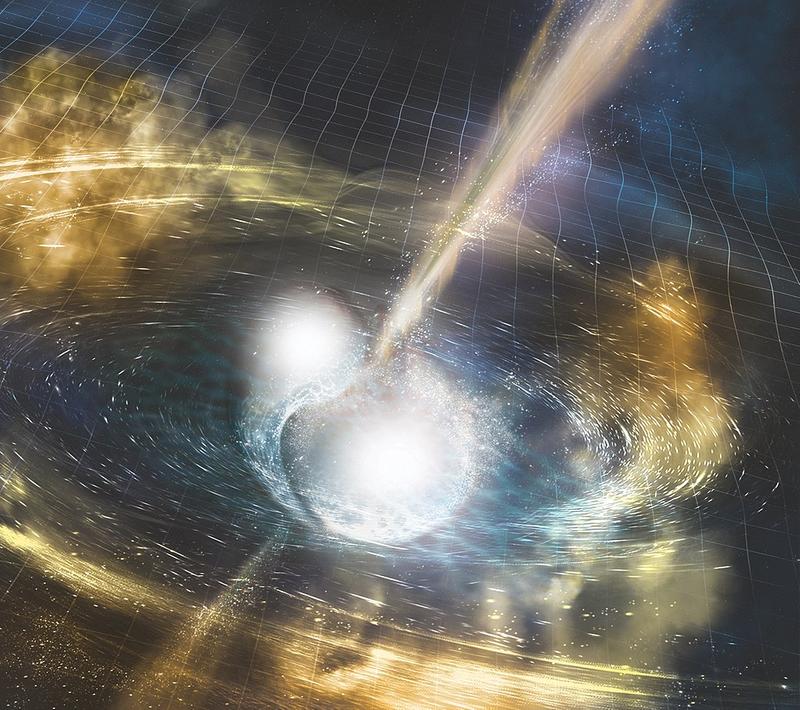
Twinkle, twinkle, big explosion
Today marks a major moment in the development of a project I’ve been working on for some time: me and my co-authors have completed a paper on inferring the opening angles of gamma ray bursts by observing binary neutron star mergers and gamma ray bursts. What does that mean? Well, I guess the point of this post is to explain just that. It should be said, while you can download the paper now, it’s still a pre-print: that means it hasn’t been peer-reviewed yet, so there’s a chance it may contain some mistakes which we’ve not picked up on. So I guess you might argue it’s probably not quite completed.
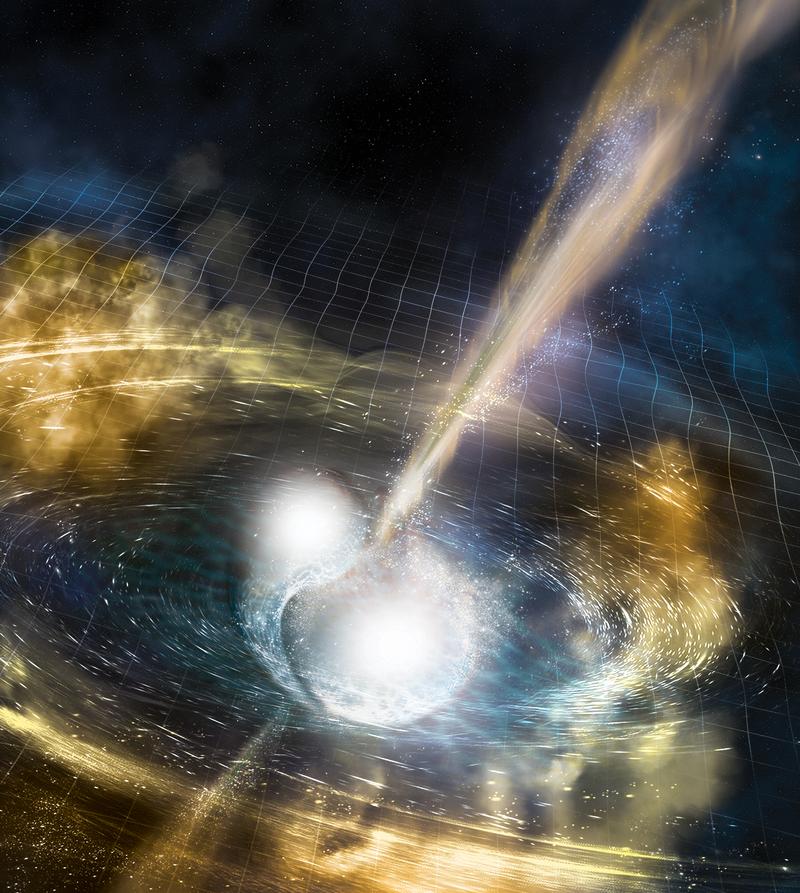
Fire and gold in the belly of the beast
This is the second time that I’ve written a blog post under an embargo; the first time was a few months into my PhD, and it was about something which had happened just about the time I started. As a result, I’d not really had much to do with it, and I’d spent most of the time that other people were analysing data and writing papers finding my way into the collaboration. That wasn’t quite so true this time, as I found myself invovled with the public outreach effort for LIGO’s next big announcement. It turns out that it’s hard to condense a groundbreaking discovery, which took over 3000 people to make, into one A4 sheet of paper. I also learned all sorts of new things I never expected to during my PhD, like the niceties of colour theory. However, on with the story.